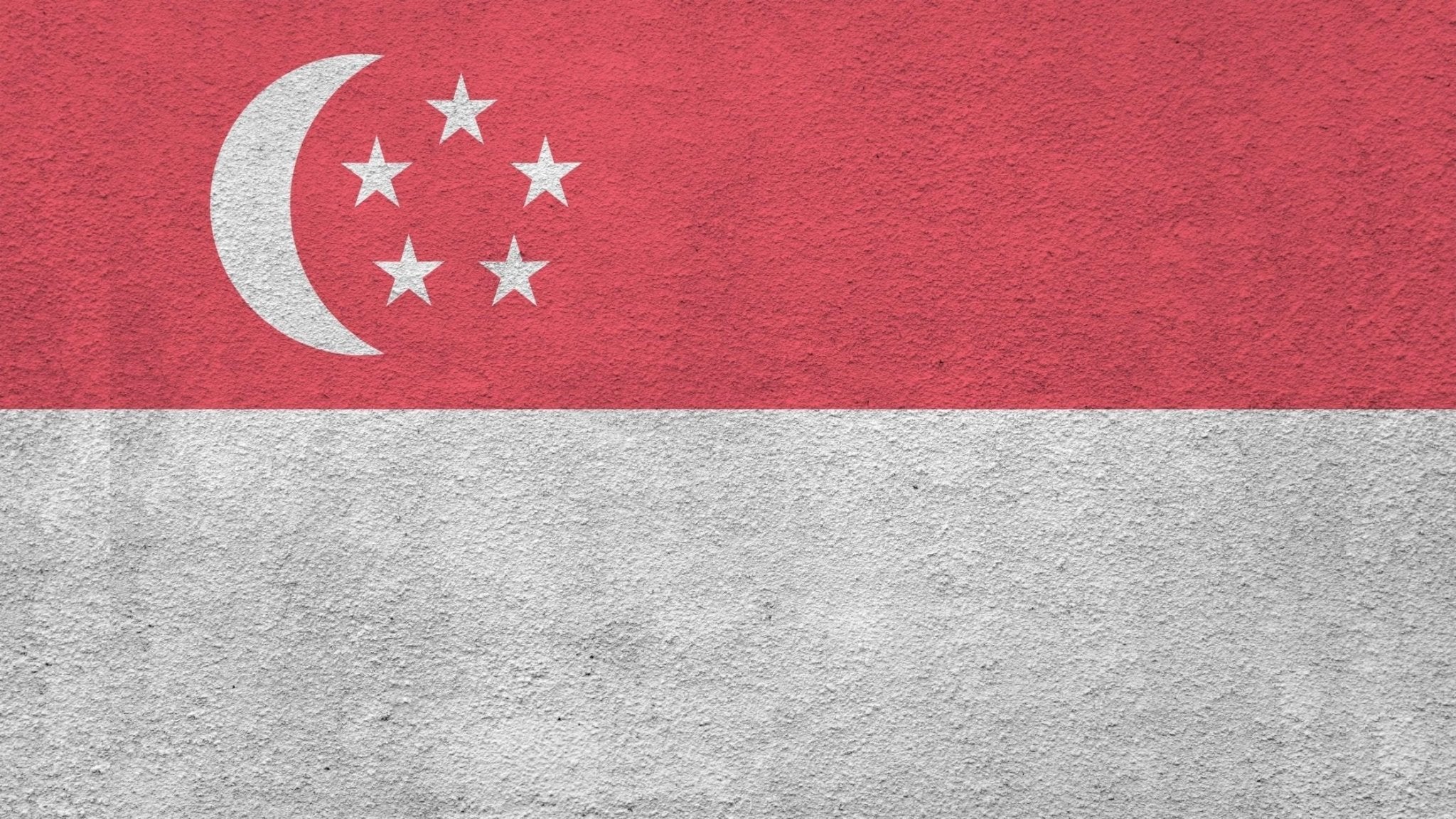Singapore is the second smallest country in Asia. Made up of a large main island, 63 islets, and one outlying island at the southern tip of Malaysia, the Republic of Singapore became its own country in 1965. Let’s find out what makes this tiny sovereign island stand out!
Early History of Singapore
Singapore was known to the Javanese at Temasek, or Sea Town, as early as the year 1299. At that time, it was a busy trading port and home to fishermen and pirates.

By the end of the 1300s, the bustling trading town was all but abandoned. Historians aren’t sure quite what happened, as records weren’t kept very well.
It’s thought that the island was overtaken by either the Majapahit Empire, who controlled a big part of southeastern Asia at the time, or by the Ayutthaya Kingdom, who controlled the area to the north.
A small settlement remained after the ruler was overthrown, and trade continued.
The king of Portugal recognized that the island was an important hub in the world of trade. Seeking to establish control over this important waterway, Portuguese explorers captured the Port of Malacca in 1511. They also took over the ports of Singapore.
The Portuguese maintained control of the waterways around Singapore for just over 100 years. Then in 1613, the main trading post at the mouth of the Singapore River was burned down!
Most of the people on the island moved south and all but abandoned the city.
Establishing a New Trade Epicenter

Sir Thomas Stamford Raffles of the British Empire was looking for a new place to establish a trading post for the British East India Company. He had tried other ports around the straits and they weren’t exactly what he was looking for.
He arrived in Singapore in 1819 and found that the island town was a perfect port for trade. It had a lovely harbor-perfect for trade ships and would allow for Britain to trade both locally and with Far East empires like China and Japan.
The island was locally referred to as Temasek. Sir Raffles got permission from the local Malay official to open a seaport, calling it Singapore after the island’s ancient name, Singapura

At the time of Sir Raffles’ arrival, there weren’t that many inhabitants on the island. It was estimated that there were only about 1,000 people, made up of indigenous people and Chinese farmers who had immigrated to the island.
Once the trading post was established as a free-trade port Singapore rapidly grew in population and prosperity. A free trade port meant that people could store and trade goods without the officials charging fees or tariffs.
By 1867 the island of Singapore had been made a crown colony by the British Empire. That meant the people were under direct rule from Britain.
A large British naval base was built, which brought in more people.

Harvesting latex from a rubber tree in Singapore
At the beginning of the industrial revolution, factories needed rubber and tin. Singapore built processing plants to provide these raw materials to the West. The growth of the tiny island kept going at a crazy pace.
More and more people came to live in Singapore. From 1,000 people when Sir Raffles set up a trade port for Britain to more than 80,000 inhabitants by 1870, the population exploded. Chinese, British, Malays, Indian, Javanese, and more immigrated to Singapore.
Today over 5 million people call Singapore home.
Saving a Bit of Nature in the City
Even with all this growth and prosperity, Singapore didn't forget nature! The city of Singapore is the capital of the island nation and is the only world capital to keep a small section of natural rainforest within its borders.
The city set aside 164 acres of primary rainforest that became the Bukit Timah Nature Reserve. The park has more plant species than the whole continent of North America!
The Blending of Cultures in Singapore

The amazing thing about Singapore is, despite its small size, it’s an absolute melting pot of cultures and beliefs.
Malay, Chinese, Indian, and British come together to create a unique blend of people. All the different communities come together as a whole.
Even with the diversity of the multiple cultures, the people of Singapore have found a way to come together with their language, holidays, and cuisine.
From a bustling port of trade to a vibrant and multicultural independent nation, Singapore has a rich history. All of it comes together to make Singapore a great place to explore!
You can experience a taste of the Far East in our Singapore box today!







